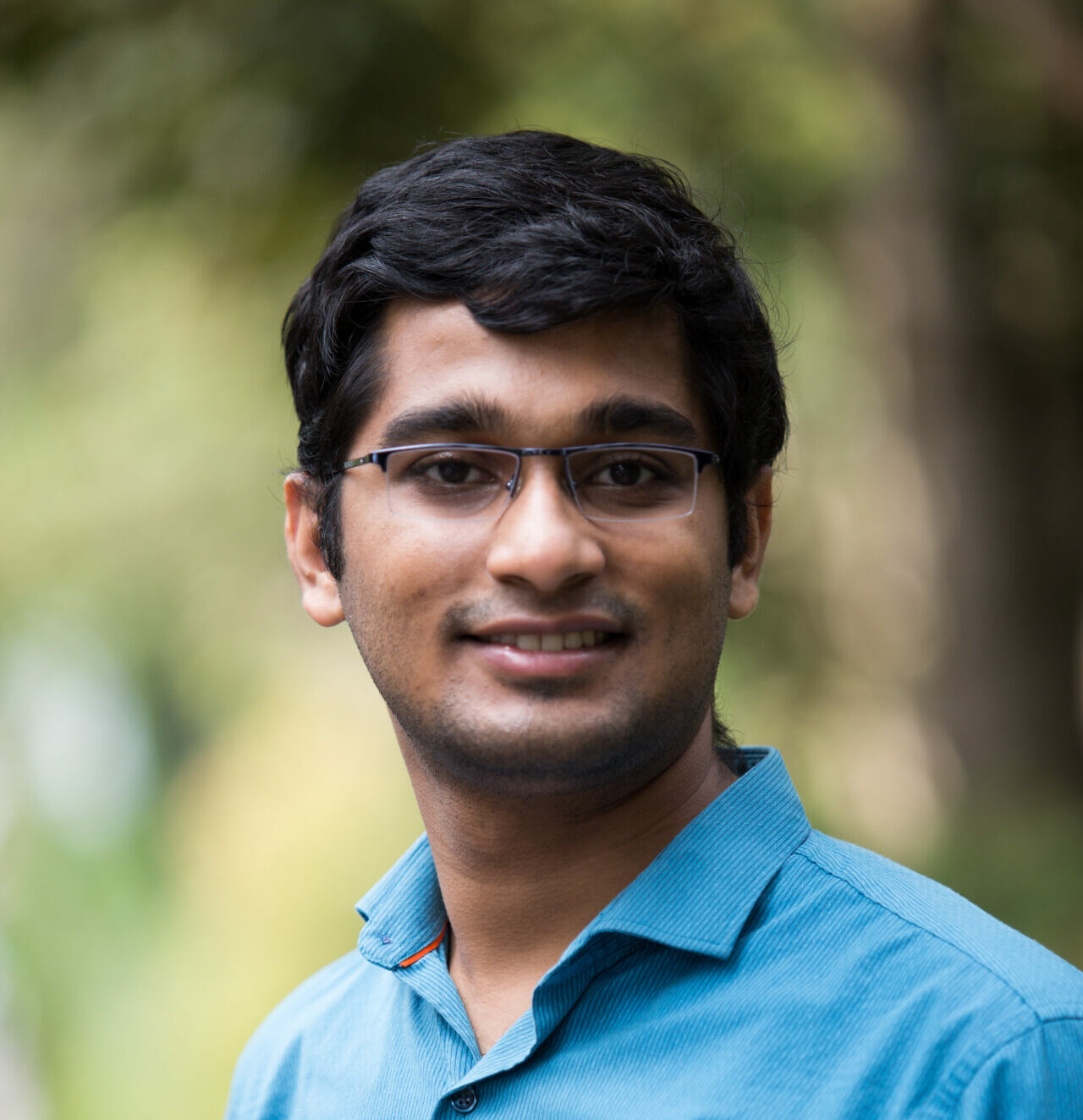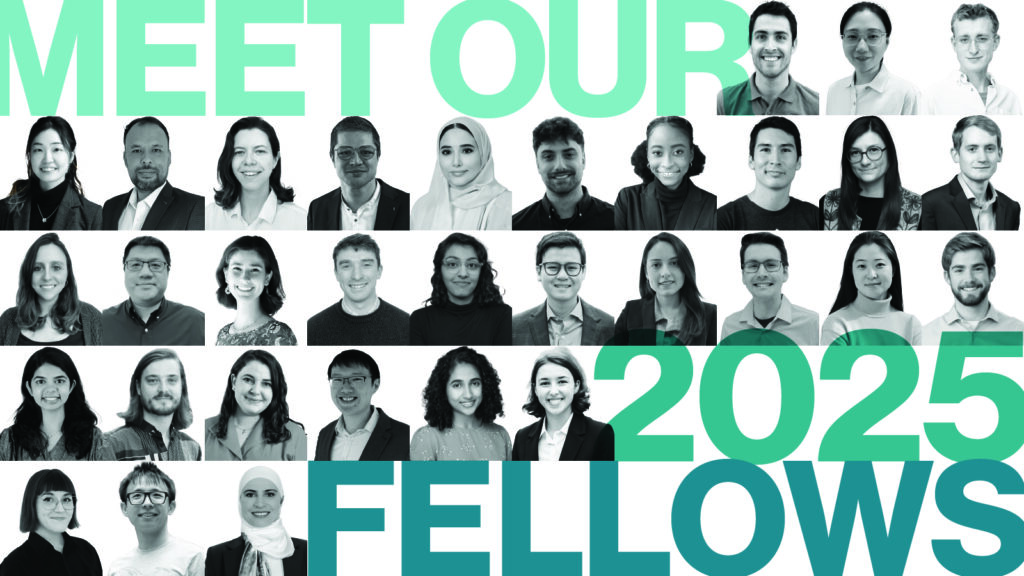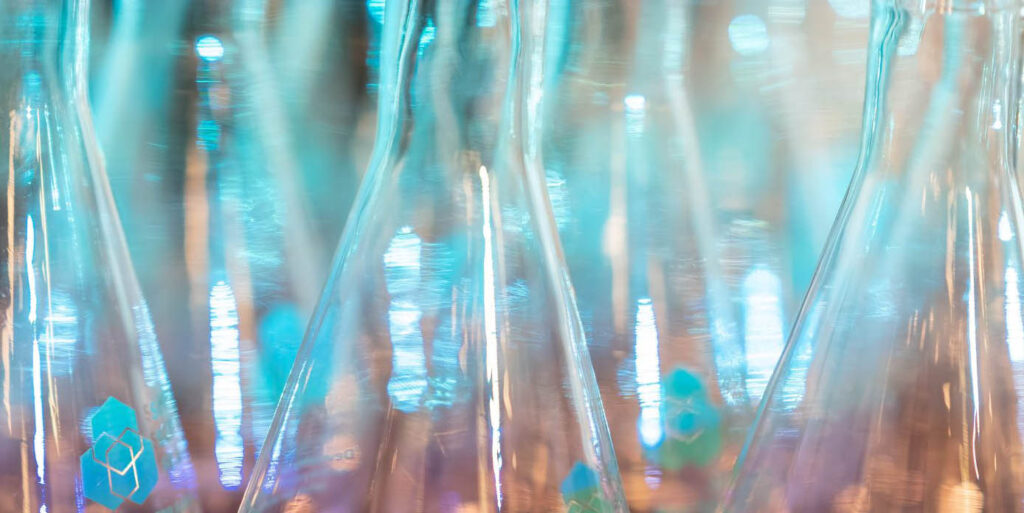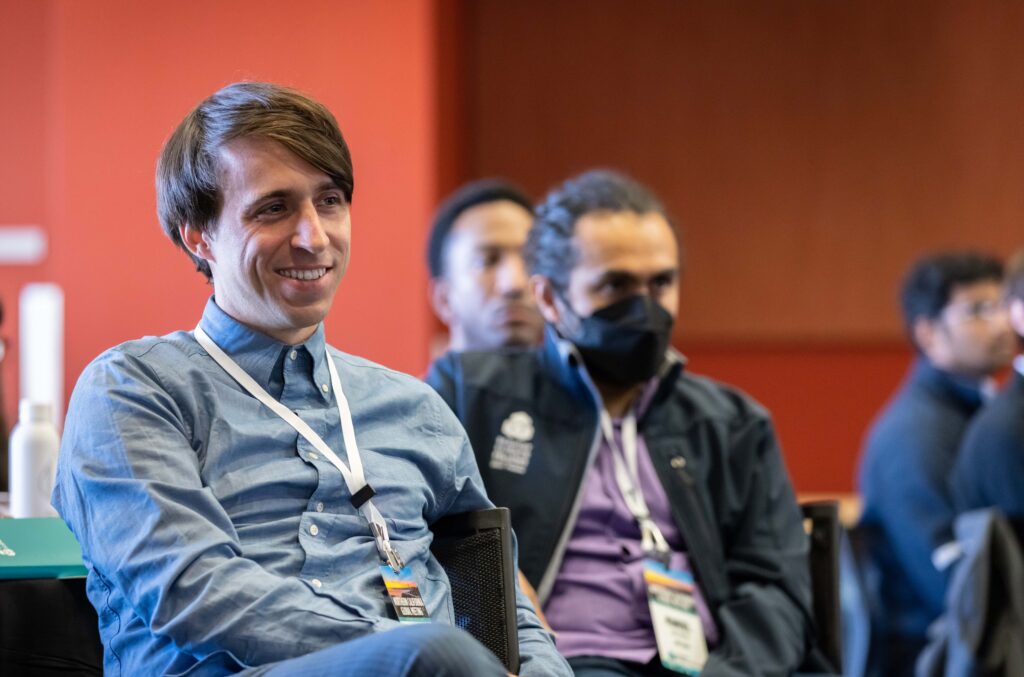At first Suhas Mahesh was fascinated by the messy and sometimes chaotic reality of scientific discovery. But as he has advanced his research, he has come to realize that if we can cut through this unpredictability, we might solve big problems faster.
Growing up in India, Suhas was always driven by a natural curiosity and attracted to science by the potential to find answers to his questions. As a 2021 Schmidt Science Fellow, he is pivoting into materials discovery where he aims to develop new ways to identify promising new materials for renewable energy, quickly and efficiently.
Suhas writes
Growing up in India, my interests have been many and varied over the years: electronics, linguistics, and eventually, condensed-matter physics. Even from a very young age I had the rather irksome tendency of asking “how do you know that?” whenever I was told something. When I realized that science not only welcomes such inquiry but even offers convincing answers, I was hooked.
Through the Global Meetings and the personalized mentorship, the Fellowship is helping me acquire this broad spectrum of skills required to lead pioneering research from success in a lab to success in society.
By the time I started college, my motivations had crystallized— I desired to have a tangible impact, and to drive towards discovering general scientific principles that are applicable across classes of problems. These ideals continue to be major forces driving my research in photovoltaics—the conversion of light into electric power using semiconducting materials that we use in solar panels —that will accelerate our transition to a zero-carbon economy.
An undergraduate education in physics often gives one a very unrealistic impression of how scientific discovery happens. Worksheet problems are handpicked to yield elegant solutions. Cascades of equations simplify to showcase results with beautiful symmetry and meaning. During my PhD as a Rhodes Scholar at the University of Oxford, I realized that things were much more unpredictable when working with materials.
I have a particular interest in hybrid perovskites— a newly discovered materials family containing millions of compounds with dazzling properties that seem tailormade for solar panels, displays, and lasers. But how do you trawl this ocean of materials to pick out the materials you want? By the end of my PhD, I wanted to find faster, more systematic methods of finding new materials, or even better— designing them to specification. The magic happens when experiments, computation, and machine learning come together.
But would any expert want to hire someone who wants to train in a new field from scratch? Schmidt Science Fellows seemed made-to-order for my situation— a program that incentivizes scientists to solve problems at the boundaries of fields by pivoting into a new discipline.
The magic happens when experiments, computation, and machine learning come together.
During my Placement, working in the Sargent Group at the University of Toronto, I am pivoting into computation and machine learning to accelerate materials discovery. As a first step, I now use machine learning to accelerate quantum mechanical calculations, sifting through vast numbers of materials to shortlist promising candidates for lab trials. The test bed is the same material set that I am familiar with but I am introducing ideas from robotics, computation, and machine learning. I hope to develop autonomous systems that can discover new materials for photovoltaics and display technologies. This also demands a re-envisioning of the paradigm itself. If the field of materials discovery were to be set up from scratch with robots as primary workers, how different would it be? Are there certain kinds of data that robots would learn more effectively from? What is the most efficient way to make a robot do an experiment?
Over the next couple of years, the arena of perovskites will be the sandbox where I pick up skills relevant to automated materials discovery. Having such freedom as a postdoc is quite rare, and I am very grateful to Schmidt Science Fellows for this support.
In the longer term, I hope to apply the skills learned during my Placement Year to a variety of grand challenges such as drug delivery, next-generation transistors, or low carbon cement. Through the Global Meetings and the personalized mentorship, the Fellowship is helping me acquire this broad spectrum of skills required to lead pioneering research from success in a lab to success in society.



